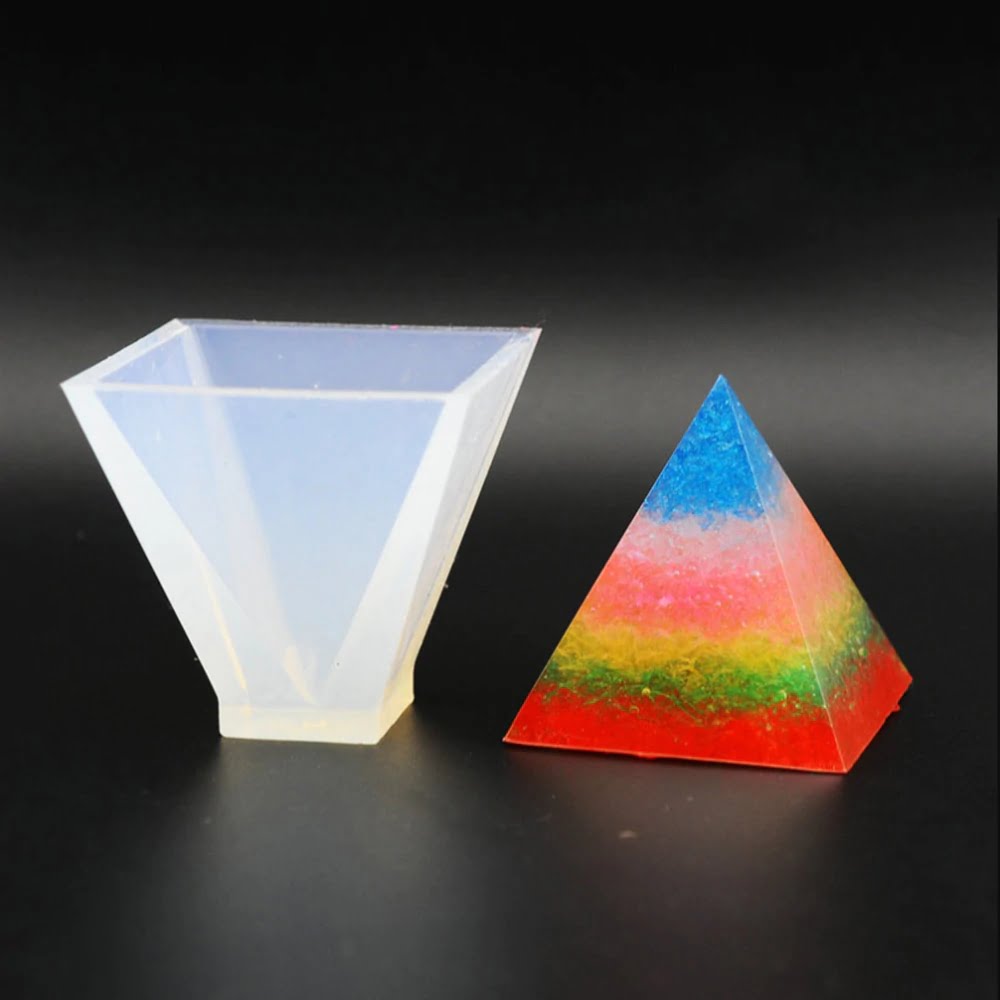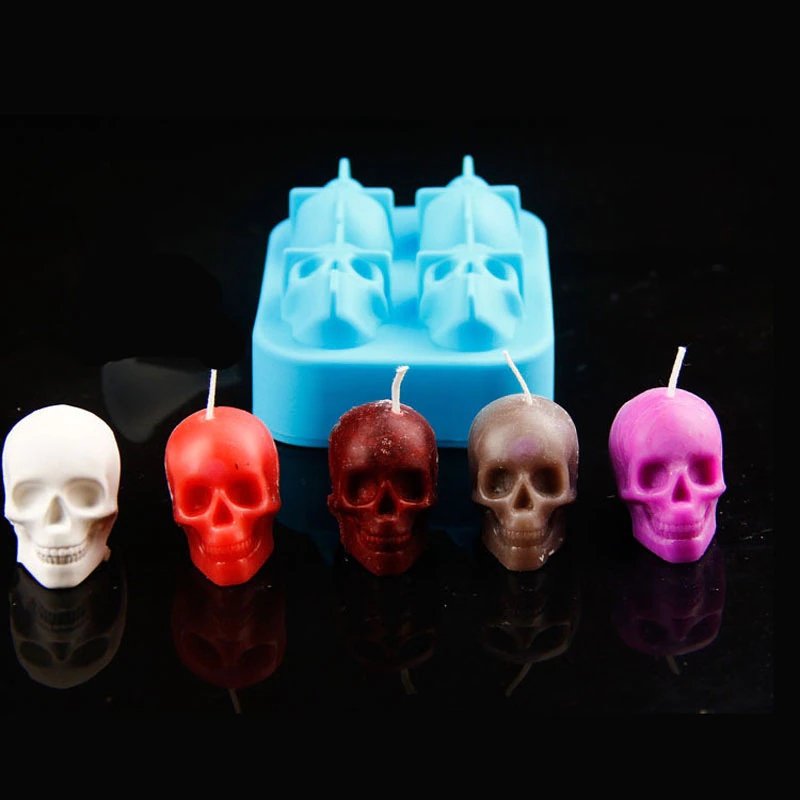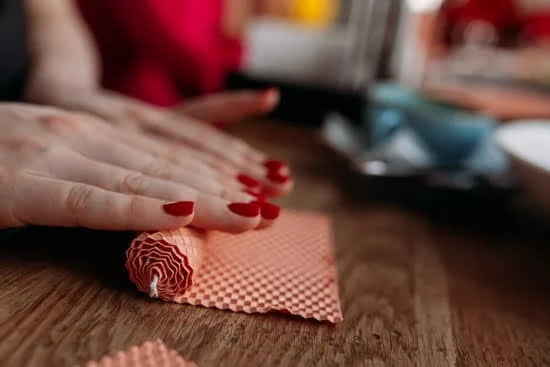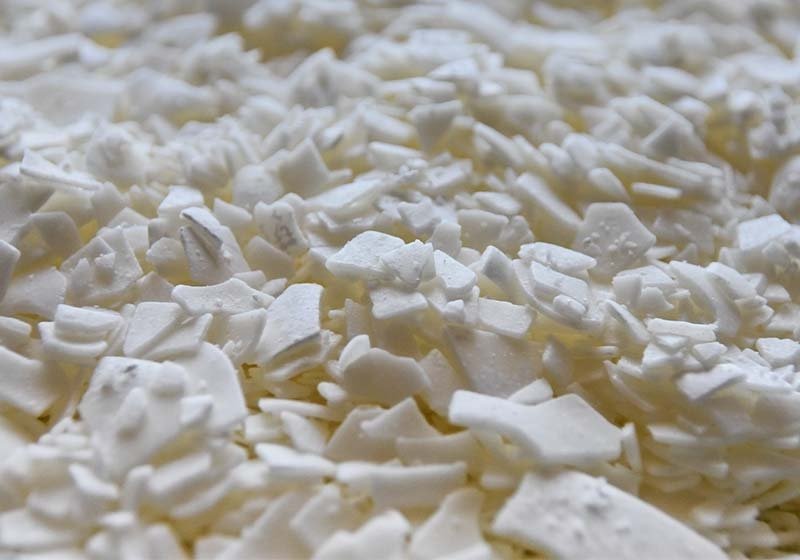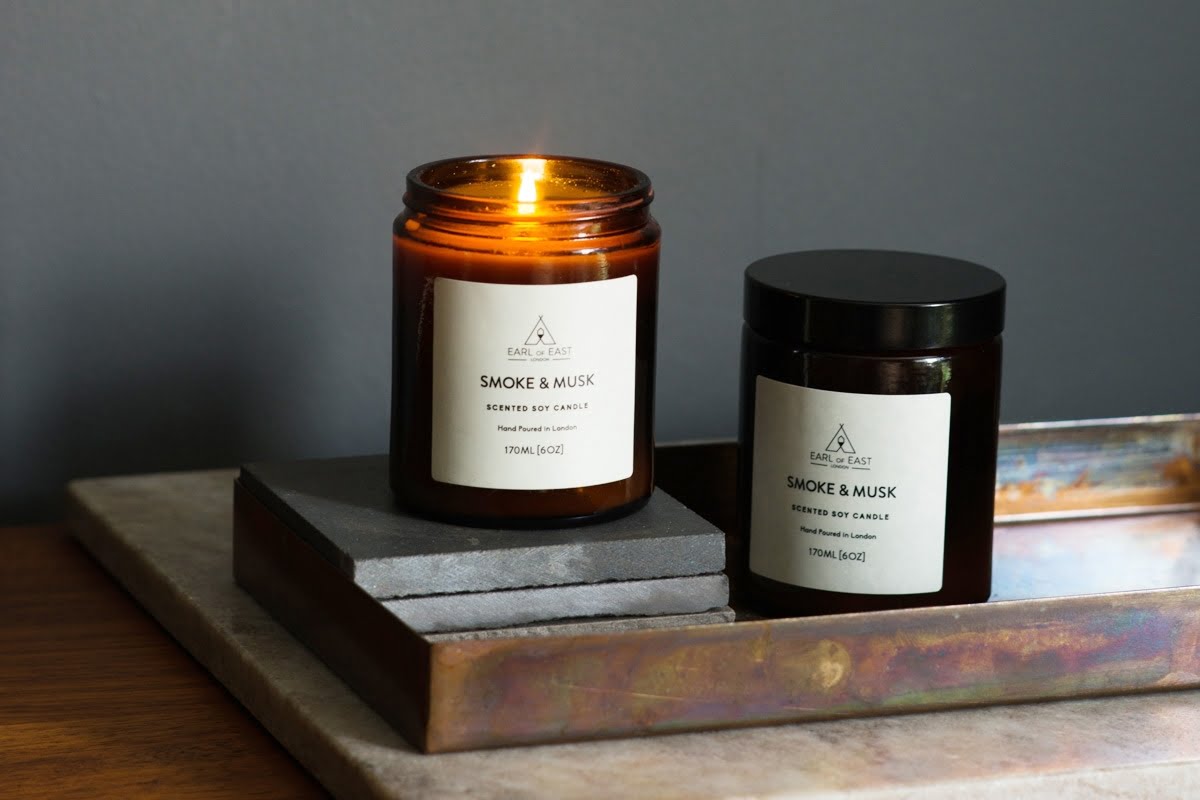Candle making is a beloved craft that combines creativity and science to produce stunning and fragrant creations. Whether enjoyed as a hobby or pursued as a business venture, candle making offers endless possibilities for artistic expression and personal satisfaction. One essential element of this process is the use of fragrance oils, which add delightful scents to the candles. The measurement of drops plays a crucial role in determining the strength and consistency of these fragrances.
Fragrance oils are an integral part of candle making, providing the enchanting scents that captivate our senses. These oils come in various forms, including essential oils extracted from plants and synthetic fragrances created in laboratories. They are carefully selected and added to the melted wax during candle making, infusing it with their delightful aromas.
The precise measurement of fragrance oil drops is a critical aspect of candle making. This precision ensures that each candle has a consistent scent profile, delivering a pleasant experience for those who use them. Simply put, using the right number of drops directly impacts the quality of the final product.
Too few drops may result in a weak scent throw, while too many can overpower or even destabilize the wax. To achieve optimal results, candle makers must carefully determine how many drops to add based on factors such as candle size, wax type, and personal preference.
Overall, understanding drop measurement is vital for successful candle making endeavors. In this article, we will explore this topic comprehensively, offering valuable insights into how to determine the ideal number of drops for your candles.
We will also address common mistakes made when measuring drops for fragrance oils and provide practical steps to ensure accuracy in this process. Additionally, we will highlight recommended tools specifically designed for precise drop measurement and cover additional considerations that may affect this aspect of candle making.
By mastering drop measurement techniques and finding the perfect balance for their candles’ scents, enthusiasts can elevate their skills and achieve scented success in their creations. So, let us delve into the art and science of candle making and discover the wonders that can be achieved through the precise measurement of fragrance oil drops.
A Basic Understanding of Fragrance Oils
When it comes to candle making, fragrance oils play a crucial role in creating captivating scents. Whether you are a hobbyist or starting a candle-making business, understanding the basics of fragrance oils is essential for achieving the desired aroma in your candles.
Fragrance oils are concentrated liquids that are specifically formulated to add scent to various products, including candles. They come in different forms, such as essential oils and synthetic fragrances. Essential oils are derived from plants and offer natural scents with therapeutic benefits. On the other hand, synthetic fragrances are artificially created to mimic specific aromas and provide a broader range of scents.
In candle making, fragrance oils are used to scent the wax and create pleasant aromas when the candle is burned. They allow you to customize your candles by choosing from a wide variety of scents like lavender, vanilla, or even unique combinations. Fragrance oils add depth, complexity, and ambiance to your candles, making them more appealing and enjoyable.
To incorporate fragrance oils into your candles, you need to ensure the measurements are accurate. This is where drop measurement becomes crucial. Drops serve as a unit of measure for adding fragrance oil to the melted wax. The number of drops determines the strength of the scent in the final product.
Achieving consistent and appealing scents requires precision in drop measurement. Using too few drops may leave your candle with a weak or barely noticeable scent throw, disappointing those who expected an aromatic experience. On the other hand, overusing drops can result in an overpowering scent that may be overwhelming or unpleasant.
Determining how many drops to use depends on factors such as candle size, wax type, and personal preference. Beginners often find it challenging to determine the appropriate amount of fragrance oil needed for their candles. However, following some general guidelines can help them get started on finding their optimal balance of drops:
- For smaller candles (such as tea lights or votives), start with 2-4 drops of fragrance oil per ounce of wax.
- For medium-sized jar candles, use 6-8 drops per ounce of wax.
- Larger containers may require 10-12 drops per ounce of wax for a stronger scent throw.
These guidelines can be adjusted based on personal preference, the intensity of the fragrance oil, and the desired strength of the scent. It is crucial to keep in mind that experimentation and practice are key to finding the perfect balance for your candle creations.
The Importance of Drop Measurement in Candle Making
In the world of candle making, achieving the perfect scent is a crucial aspect that can make or break a product. This is where drop measurement comes into play, as it serves as a precise way to ensure consistent and appealing scents in candles. Drop measurement in candle making is not just an arbitrary process, but rather an essential step that requires precision and attention to detail.
When it comes to fragrance oils, the number of drops used directly impacts the quality of the final product. Consistency is key in candle making, as customers expect their favorite scents to smell the same each time they purchase a candle. By accurately measuring and counting drops of fragrance oil, candle makers can achieve this consistency and provide customers with a reliable experience every time.
Determining the ideal number of drops for a particular candle depends on several factors including the size of the candle, type of wax used, and personal preference. While there are no hard and fast rules for drop measurement, general guidelines can be helpful for beginners looking to get started.
A common rule of thumb is to use 1 ounce (30 milliliters) of fragrance oil per pound (454 grams) of wax. However, some fragrances may require more or less depending on their intensity.
To ensure accurate drop measurement, there are recommended tools available in the market specifically designed for this purpose. These tools include droppers and pipettes which help control the flow and release of fragrance oil drops. Using these tools ensures consistency in drop size and allows for precise measurement throughout the candle making process.
Achieving success in candle making goes beyond just melting wax and adding scent; it involves finding the perfect balance between different elements, including drop measurement. With practice and experimentation, candle makers can develop their skills in determining the right amount of drops for their creations.
As they gain experience, they will unlock the artistry behind creating candles that captivate through both sight and scent. So don’t be afraid to delve into the world of drop measurement and create candles that truly elevate the ambiance and atmosphere of any space.
How to Determine the Ideal Number of Drops
Determining the ideal number of drops for fragrance oils in candle making is crucial for achieving the desired scent strength and overall quality of the finished product. This section will guide beginners in understanding the factors that influence drop measurement and provide general guidelines and expert tips to help them find the appropriate amount.
Determining Factors
The number of drops needed in candle making varies depending on several factors, including the size of the candle, type of wax used, and personal preference. Larger candles will generally require more drops compared to smaller ones to achieve a balanced scent throw. Different types of wax may also absorb fragrance oils differently, so it’s important to consider their characteristics when determining drop quantity.
Personal preference plays a significant role as well. Some people prefer a stronger scent, while others may opt for a more subtle aroma. It is recommended to start with the suggested number of drops based on the candle’s specifications and then adjust accordingly by adding or reducing drops until achieving the desired scent intensity.
General Guidelines and Expert Tips
For beginners in candle making, it can be helpful to start with a basic guideline for drop measurement. As a general rule, it is recommended to use approximately 1 ounce (30 ml) of fragrance oil per pound (454 grams) of wax. This guideline ensures a well-balanced scent without overpowering or underwhelming results.
Another expert tip is to consider different fragrance families when determining drop quantity. Heavier scents like musk or patchouli typically require fewer drops due to their strong aroma. On the other hand, lighter fragrances such as citrus or floral may need slightly more drops to achieve a noticeable scent.
It is also advisable not to rely solely on one source for drop measurements but rather experiment and learn from experience. Each fragrance oil behaves uniquely, so it’s essential to take note of how much you have used for each batch and how it affects the final scent. By keeping a record and making adjustments based on your own preferences, you can gradually perfect the drop measurement technique for your candle creations.
By considering these factors and following general guidelines and expert tips, beginners can gain a better understanding of how to determine the ideal number of drops for fragrance oils in candle making. Remember that finding the perfect balance is often a trial-and-error process, so don’t hesitate to experiment and learn from each batch to achieve scented success in candle making.
Common Candle Making Mistakes with Drop Measurement
When it comes to candle making, drop measurement plays a crucial role in achieving the desired scent intensity and overall quality of the final product. However, there are some common mistakes that candle makers often make when measuring fragrance oil drops. Being aware of these mistakes can help beginners avoid potential pitfalls and create candles with optimal fragrance.
One common mistake is underusing or overusing fragrance oil drops. It can be tempting to think that more drops will result in a stronger scent throw, but this is not always the case.
Adding too few drops may result in a weak scent that goes unnoticed, while adding too many drops can overpower the candle and lead to an unpleasant aroma. Finding the appropriate number of drops requires careful consideration of factors such as candle size, wax type, and personal preference.
Another mistake is inconsistent drop sizes. When measuring fragrance oil drops, it is important to ensure that each drop is of a uniform size for accurate results. Inconsistent drop sizes can lead to variations in scent intensity throughout the candle or cause an unbalanced fragrance blend. Using tools specifically designed for measuring drops, such as droppers or pipettes, can help maintain consistency in drop size and improve overall precision.
To address these common mistakes and achieve optimal fragrance results, it is recommended to follow some expert tips and guidelines. For example, start by using smaller amounts of fragrance oil and gradually increase until reaching the desired scent level.
Keeping track of the amount used each time can also provide valuable insights for future reference. Additionally, experimenting with different combinations of fragrances, varying drop quantities based on wax types or container sizes, and seeking feedback from others can further enhance candle makers’ understanding and proficiency in drop measurement.
By avoiding these common mistakes and mastering the art of drop measurement in candle making, enthusiasts can ensure consistent and appealing scents that enhance their candles’ overall appeal.
| Common Mistakes with Drop Measurement | Consequences |
|---|---|
| Underusing drops | Weaker scent, unnoticed fragrance. |
| Overusing drops | Overpowering aroma, unpleasant scent. |
| Inconsistent drop sizes | Variations in scent intensity, unbalanced fragrance blend. |
Recommended Tools for Accurate Drop Measurement
When it comes to accurately measuring drops in candle making, having the right tools is crucial. There are several options available to help ensure precise drop measurement, each with its own advantages and suitability for specific situations.
Droppers
One of the most common tools used in drop measurement is a dropper. Droppers come in various sizes and can be made of plastic or glass. They are designed to hold a specific volume of liquid, allowing for controlled dispensing of fragrance oils.
Plastic droppers are often more affordable and readily available, making them a popular choice among beginners. Glass droppers, on the other hand, are considered more durable and can usually be sterilized for reuse. Some droppers also have marked measurements along their length, which can be helpful when aiming for precise drop counts.
Pipettes
Pipettes are another tool commonly employed in accurate drop measurement. Like droppers, pipettes come in different sizes and materials (usually plastic or glass). What sets pipettes apart is their ability to provide greater control over the amount of liquid being dispensed.
With a pipette, you can draw up an exact volume of fragrance oil into the disposable bulb at one end and then release it incrementally by slowly squeezing the bulb. This gradual release allows for a more precise count of drops, making pipettes ideal for highly concentrated fragrances or when aiming for consistent results.
Other Measuring Tools
In addition to droppers and pipettes, there are other tools that can aid in accurate drop measurement:
- Disposable transfer pipettes: These plastic tubes with graduated markings enable precise measurement by drawing up fragrance oil into the tube and releasing it drop by drop.
- Graduated cylinders: These cylindrical containers with marked measurements on their side allow for larger quantities of fragrance oil to be measured accurately before being transferred using a dropper or pipette.
- Digital scales: Although not specifically designed for drop measurement, digital scales can be useful in determining the weight of fragrance oil required for a specific candle recipe. This can then be divided into smaller drops based on personal preference.
Regardless of the tool chosen, it is important to clean and sterilize them properly before each use to avoid any contamination or cross-contamination that could impact the scent of your candles. Remember, accuracy in drop measurement leads to consistency in fragrance, which ultimately contributes to the overall success of your candle making endeavors.
Practical Steps to Proper Drop Measurement
Accurate drop measurement is crucial in candle making to ensure consistent and appealing scents in the final product. To help beginners navigate this aspect of candle making, we have outlined practical steps that can be followed for proper drop measurement.
- Prepare your workspace: Before you begin measuring drops, it is important to have a clean and organized workspace. Clear any clutter and make sure you have all the necessary tools within reach. This will help streamline the process and minimize the chances of mistakes.
- Choose the right tool: There are various tools available for measuring drops, including droppers and pipettes. These tools provide precision and control when adding fragrance oils to your wax. Select a tool that suits your preference and ensures accurate measurements.
- Counting the drops: When using a dropper or pipette, you can control the release of fragrance oil drops by squeezing gently or releasing pressure gradually. Take note of how many drops you are adding to your wax mixture as you go along.
- Consider size, type of wax, and personal preference: The number of drops needed varies depending on factors such as the size of your candle, type of wax being used, and personal preference for fragrance intensity. It is recommended to start with a smaller number of drops and gradually increase until you achieve your desired scent strength.
- Keep a record: It can be helpful to keep a record of the number of drops used in each batch of candles. This will allow you to replicate successful scents in future batches or adjust if necessary.
By following these practical steps, candle makers can ensure accurate drop measurement and ultimately create high-quality candles with consistent fragrances throughout their product line. Remember that practice makes perfect, so don’t be afraid to experiment and find what works best for you.
Additional Considerations for Drop Measurement
When it comes to drop measurement in candle making, there are a few additional considerations that can affect the final outcome of your scented creations. These factors should be kept in mind to ensure the best possible results and fragrance experience.
One important consideration is the temperature at which you measure and add fragrance oil drops. It is generally recommended to measure drops when the fragrance oil is at room temperature. This allows for more accurate measurements and ensures that the oil will mix well with the other candle ingredients. Extreme temperatures can alter the consistency and scent throw of the final product, so it is important to keep everything as stable as possible during the drop measurement process.
Another factor to consider is the intensity or strength of the fragrance oil itself. Different fragrance oils have varying levels of potency, meaning that they may require different drop measurements for optimal scent throw. Stronger fragrances may only need a few drops per ounce of wax, while lighter ones might require more. Experimenting with different amounts can help you find the right balance for each specific fragrance.
Additionally, if you are using any wax additives in your candle making process, such as colorants or stabilizers, these can also impact drop measurement. It is important to consider their effects on scent throw and adjust your drop quantity accordingly. Some additives may absorb or alter the scent of your chosen fragrance oil, so it is essential to take this into account when measuring drops.
By taking these additional considerations into account, you can enhance your drop measurement technique and achieve a more precise and consistent scent experience in your homemade candles. Remember to experiment, observe, and make adjustments as needed to find your own perfect balance of drops for each unique candle creation.
Conclusion
In conclusion, drop measurement plays a crucial role in achieving scented success in candle making. The precision required in measuring the number of fragrance oil drops directly impacts the quality of the final product. By understanding the ideal number of drops and using the right tools for accurate measurement, candle makers can create consistent and appealing scents that enhance their candles.
Determining the appropriate amount of drops depends on factors such as the candle’s size, wax type, and personal preference. While there are general guidelines and expert tips to help beginners get started, it is important for individuals to experiment and find their own perfect balance of drops for their unique candle creations.
It is also essential to be aware of common mistakes in drop measurement and their consequences. Under or overusing drops can significantly affect the scent throw of a candle, resulting in an unsatisfactory fragrance experience. By being mindful of these potential pitfalls and following step-by-step instructions for accurate drop measurement, aspiring candle makers can avoid these issues and achieve scented success.
Overall, drop measurement is both an art and a science in candle making. It requires attention to detail, patience, and a willingness to learn from trial and error. With practice and a dedication to understanding the impact of fragrance oils, enthusiasts can elevate their candle making skills to new heights and delight others with beautifully scented creations. So go ahead, start experimenting today, embrace your creative spirit, and immerse yourself in the aromatic world of candle making.
Frequently Asked Questions
How many drops of fragrance oil for one candle?
The number of drops of fragrance oil needed for one candle can vary depending on the manufacturer’s recommendations, the desired scent strength, and the size of the candle. Generally, it is recommended to use around 1 ounce of fragrance oil per pound of wax, which roughly translates to about 20-30 drops per ounce.
However, it is always advisable to refer to the specific guidelines provided by the fragrance oil manufacturer or consult a candle-making recipe for more accurate measurements.
What is the ratio of essential oils to candle wax?
The ratio of essential oils to candle wax also varies based on personal preference and the specific type of essential oil being used. As a general guideline, it is common to use approximately 6-10% fragrance load in relation to your total wax weight.
For example, if you have 1 pound (16 ounces) of candle wax, using around 1 ounce (approximately 30 milliliters) of essential oil would be within this range. However, this ratio can be adjusted based on personal preference and the potency of the essential oil being utilized.
How much fragrance is needed for an 8 oz candle?
To determine how much fragrance is needed for an 8 oz candle, it depends on the concentration level desired and the specific type of fragrance being used. In general, using around 5-10% fragrance load in relation to your total wax weight is a commonly suggested range when creating scented candles from scratch.
Therefore, for an 8 oz candle made with around 7 oz (198 grams) of wax, using approximately 0.35 – 0.7 ounces (10 – 20 grams) of fragrance oil would be suitable. However, it’s always prudent to follow a specific recipe or consult the manufacturer’s guidelines for precise measurements depending on your particular fragrance and wax combination.

Welcome to my candle making blog! In this blog, I will be sharing my tips and tricks for making candles. I will also be sharing some of my favorite recipes.

